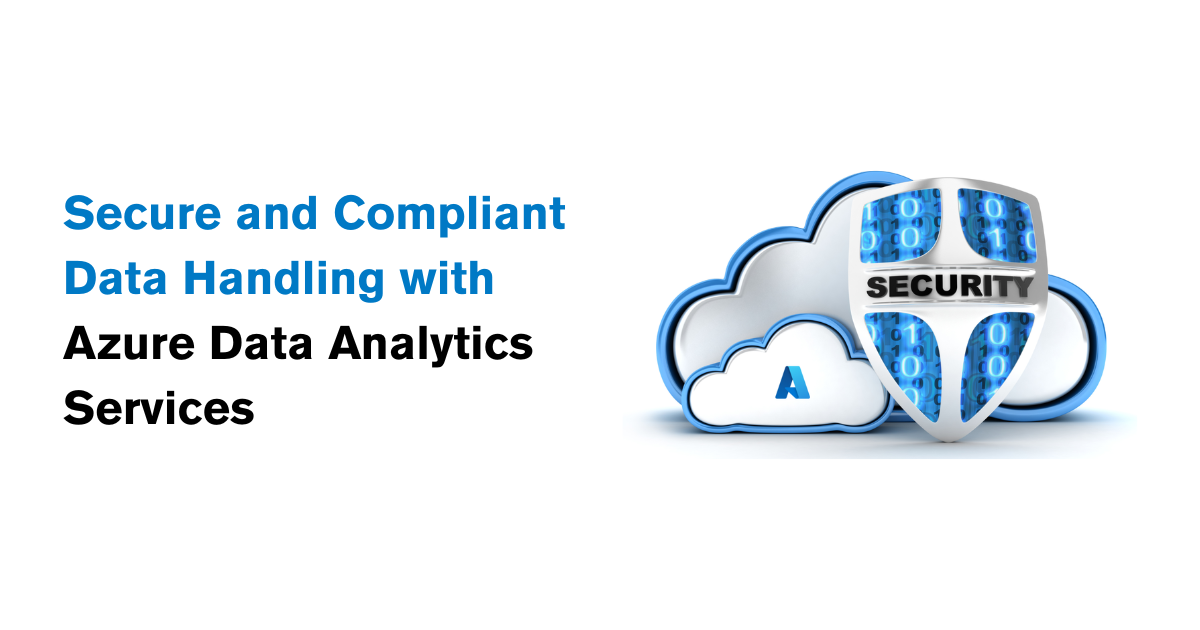How Snowflake Data Warehousing Enables Advanced Machine Learning

Snowflake has emerged as a leading cloud data platform, revolutionizing how organizations manage and analyze data. Its architecture and features are particularly beneficial for advanced machine learning (ML) applications. This article explores how Snowflake Data Warehousing and Snowflake Data Warehousing Services facilitate the development and deployment of ML models.
Understanding Snowflake Data Warehousing
What is Snowflake Data Warehousing?
Snowflake data warehousing that provides a centralized platform for data storage, processing, and analysis. Unlike traditional data warehouses, Snowflake separates compute and storage layers, allowing for scalable and flexible data management. This architecture ensures that organizations can handle large volumes of data efficiently.
Key Features of Snowflake
- Scalability: Snowflake's multi-cluster architecture enables automatic scaling of compute resources to meet varying workload demands.
- Data Sharing: Organizations can share data securely across departments and with external partners without the need to copy or move data.
- Concurrency: Multiple users can access and query the data simultaneously without performance degradation.
- Security: Snowflake provides robust security features, including data encryption, role-based access control, and compliance with various industry standards.
Snowflake Data Warehousing Services for Machine Learning
1. Integration with Machine Learning Frameworks
Snowflake integrates seamlessly with popular ML frameworks such as TensorFlow, PyTorch, and Scikit-learn. This integration allows data scientists to build and train models directly within the Snowflake environment, eliminating the need to move data between platforms. For instance, Snowflake's support for Python enables the use of libraries like Pandas and NumPy for data manipulation and model development.
2. Snowpark for Machine Learning
Snowpark is a developer framework within Snowflake that supports the development of ML models using languages like Python, Java, and Scala. It allows for the creation of user-defined functions (UDFs) and user-defined aggregates (UDAs), facilitating custom data transformations and model implementations. With Snowpark, data scientists can perform feature engineering, model training, and inference within the Snowflake environment, streamlining the ML workflow.
3. Snowflake ML
Snowflake ML is a feature that enables the development and deployment of ML models without the need for infrastructure management. It provides a centralized user interface for model development, training, and deployment, supporting both CPU and GPU-based computations. Organizations can prototype and deploy models efficiently, reducing the time from development to production.
4. Snowflake Marketplace
The Snowflake Marketplace offers a variety of third-party data sets and ML models that can be integrated into the Snowflake environment. This feature allows organizations to enrich their data and enhance model accuracy without the need to source external data manually. For example, accessing curated data sets from the Marketplace can improve the performance of predictive models in areas like customer segmentation and demand forecasting.
Benefits of Using Snowflake for Machine Learning
1. Unified Data Platform
Snowflake consolidates data from various sources into a single platform, simplifying data management and access. This unified approach ensures that data scientists and analysts work with consistent and up-to-date information, leading to more accurate and reliable ML models.
2. Cost Efficiency
Snowflake's pay-as-you-go pricing model allows organizations to pay only for the compute and storage resources they use. This flexibility enables cost-effective scaling of ML workloads, ensuring that resources are allocated efficiently based on demand.
3. Performance Optimization
Snowflake's automatic query optimization and caching mechanisms enhance the performance of ML workflows. By reducing the time required for data processing and model training, Snowflake accelerates the development cycle and improves time-to-market for ML applications.
4. Collaboration and Sharing
Snowflake's data sharing capabilities facilitate collaboration among teams and external partners. Data scientists can share datasets, models, and insights seamlessly, fostering a collaborative environment that drives innovation and accelerates ML initiatives.
Real-World Applications
1. Predictive Analytics in Retail
Retailers can leverage Snowflake's ML capabilities to predict customer behavior, optimize inventory management, and personalize marketing strategies. By analyzing historical sales data and customer interactions stored in Snowflake, retailers can build models that forecast demand and identify trends, leading to improved decision-making and increased profitability.
2. Fraud Detection in Financial Services
Financial institutions can use Snowflake to develop ML models that detect fraudulent transactions in real-time. By integrating transaction data with external data sources through Snowflake Marketplace, banks can enhance the accuracy of fraud detection systems, reducing financial losses and improving customer trust.
3. Predictive Maintenance in Manufacturing
Manufacturers can utilize Snowflake's ML features to predict equipment failures and schedule maintenance proactively. By analyzing sensor data and maintenance records stored in Snowflake, manufacturers can build models that identify patterns indicative of potential failures, minimizing downtime and maintenance costs.
Conclusion
Snowflake Data Warehousing and Snowflake Data Warehousing Services provide a robust and scalable platform for developing and deploying advanced machine learning models. With features like Snowpark, Snowflake ML, and seamless integration with popular ML frameworks, Snowflake enables organizations to streamline their ML workflows and derive actionable insights from their data. By leveraging Snowflake's capabilities, businesses can enhance their ML initiatives, drive innovation, and maintain a competitive edge in their respective industries.
Note: IndiBlogHub features both user-submitted and editorial content. We do not verify third-party contributions. Read our Disclaimer and Privacy Policyfor details.







